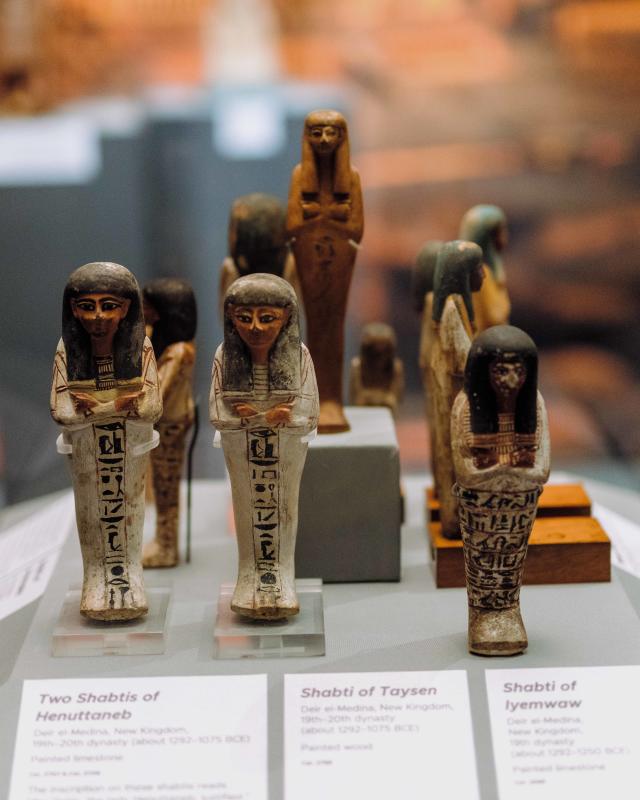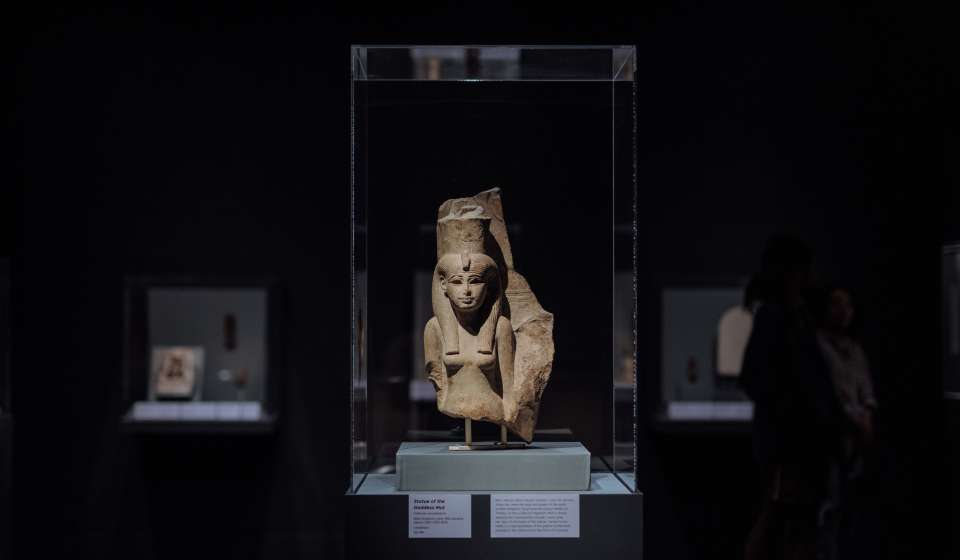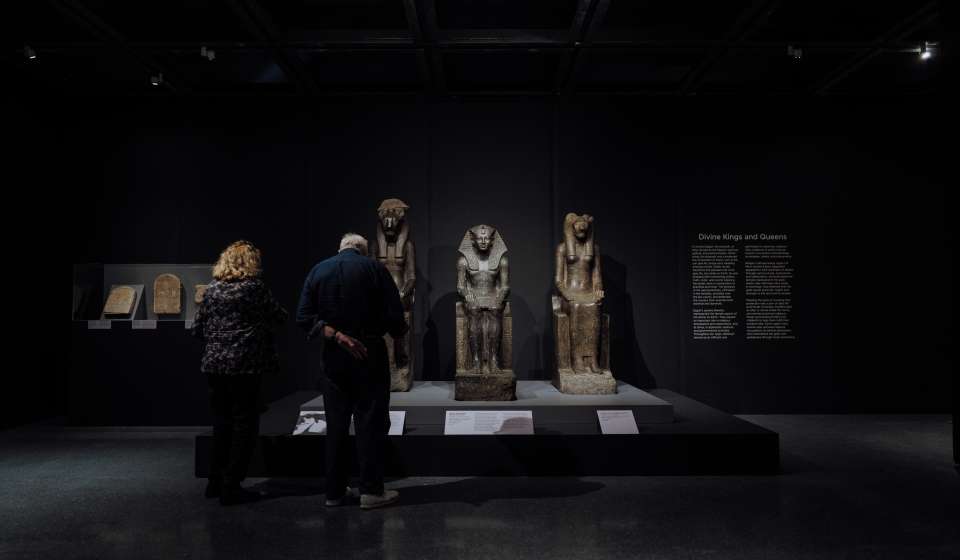
-
Wedding Tools
- Complimentary Planning Assistance
- Destination Wedding Guide Digital Copy
- Elopement Packages
- Marriage License & Legal Essentials
- Checklist
- Welcome Bag Ideas
- Second Lines
- The History of Wedding Umbrellas and More in New Orleans
- Wedding Cake Pulls
- Destination Wedding Guide Printed Copy
- Wedding Inspiration
-
Venues
-
Vendors
-
Pre & Post Wedding
- Wedding Inspiration
- Contact Us
-
Why New Orleans Is Built To Host
- Hotels
-
Meeting & Event Venues
-
Services & Planning Tools
-
Group PR & Marketing Tools
- Convention Calendar
- Testimonials
- Awards
-
Online RFP
- Availability Grid
- Contact Us
-
Things to Do
-
Eat
-
Drink
-
Stay
- Book a New Orleans Hotel
- Hotel Directory
- Bed And Breakfasts: Hotels - New Orleans & Company
-
Places To Stay: New Orleans Hotels - New Orleans & Company
- Saint Charles Avenue Hotels
- Luxury Hotels
- Garden District Hotels
- French Quarter Hotels and Lodging
- Downtown/Central Business District Hotels and Lodging
- Bourbon Street Hotels
- Green Hotels
- Bourbon Street Balcony Hotels - New Orleans & Company
- Haunted Hotels in New Orleans
- Pet-Friendly Hotels
- Historic Hotels
-
Calendar
-
Trip Planning Tools
- Insider's Blog
- LOVENOLA.TV 24/7 Broadcast
-
Weddings
-
Wedding Tools
- Complimentary Planning Assistance
- Destination Wedding Guide Digital Copy
- Elopement Packages
- Marriage License & Legal Essentials
- Checklist
- Welcome Bag Ideas
- Second Lines
- The History of Wedding Umbrellas and More in New Orleans
- Wedding Cake Pulls
- Destination Wedding Guide Printed Copy
- Wedding Inspiration
-
Venues
-
Vendors
-
Pre & Post Wedding
- Wedding Inspiration
- Contact Us
-
Wedding Tools
-
Meeting Planners
-
Why New Orleans Is Built To Host
- Hotels
-
Meeting & Event Venues
-
Services & Planning Tools
-
Group PR & Marketing Tools
- Convention Calendar
- Testimonials
- Awards
-
Online RFP
- Availability Grid
- Contact Us
-
Why New Orleans Is Built To Host
-
Groups
-
Travel Professionals
-
Membership
-
Press and Media
- Community


Queen Nefertari’s Egypt comes to New Orleans
March 18 - July 17, 2022
This spring at the New Orleans Museum of Art, journey into ancient Egypt by way of Queen Nefertari.
Queen Nefertari, the royal wife of Pharaoh Ramesses II (reigned 1279–13 BCE), is linked to some of the most magnificent monuments of ancient Egypt. Appearing in sculpture and images, and identified in inscriptions on buildings associated with Ramesses II, she is also known through a complete temple consecrated to her in Abu Simbel, beside the one dedicated to her husband. Her tomb is the largest and most richly decorated in the Valley of the Queens. It was discovered in the early 20th century by a team of archaeologists led by Ernesto Schiaparelli, then director of the Museo Egizio in Turin.
The team’s discoveries and the role of Nefertari and other powerful women in ancient Egypt are brought to life through the 230 exceptional objects in this exhibition, drawn from the collection of the Museo Egizio. These include statues, jewelry, vases, papyrus, steles, wooden coffins, and stone sarcophagi, as well as tools and various items of daily life from the artisan village of Deir-el-Medina, home to those who created the royal tombs. These astonishing treasures showcase the legacy of the royal wives, sisters, daughters, and mothers of pharaohs, and sometimes even pharaohs themselves, as well as the female artists who contributed to the creation of these stunning objects.
Works presented in Queen Nefertari's Egypt will be on loan from the Museo Egizio in Turin, Italy, which holds one of the most important collections of ancient Egyptian works outside of Cairo.
Featured Themes
Presented in six sweeping sections, Queen Nefertari’s Egypt casts light upon the belief systems of the New Kingdom period, life in the women's palace, and the roles of women in ancient Egypt, as well as the everyday life of artisans, and the ritual practices around death and the afterlife.
Pharaohs, Goddesses, and the Temple
Explore the role of pharaohs, goddesses, and sacred rituals in this section. Throughout her reign, Nefertari served as an officiant and participant in numerous religious rites, evidence of which may be found in inscriptions and paintings on temples, tombs, and monuments.
Women in Ancient Egypt
From predynastic times, the pharaohs of ancient Egypt married multiple wives to emphasize their wealth, facilitate diplomatic alliances, and ensure their line of succession. Learn about the communities that were forged and how they operated in ancient Egypt.
Deir el-Medina: The Worker’s Village
Deir el-Medina was a planned community for the workers who constructed and decorated the royal tombs in the Valley of the Kings and the Valley of the Queens. Preserved tools, sacred objects, and other artifacts uncovered at Deir el-Medina provide a glimpse into the way ordinary people lived and died in this ancient land.
The Afterlife
Ancient Egyptians believed that life continued after death in the afterlife. To ensure they reached spiritual paradise, they developed an elaborate set of funerary beliefs and practices. Learn about the mummification process and journey into the afterlife here.
Queen Nefertari's Tomb
Queen Nefertari’s tomb was constructed around 1250 BCE, at the height of New Kingdom craftsmanship.
Egyptian Funerary Texts and Painted Coffins
Funerary books provided guidance for the dead to reach the afterlife safely. Learn about the sacred texts here.
The final gallery contains a number of painted coffins, made to protect the mummified body of the deceased. Of anthropoid (human) form, the features of the deceased were sculpted or painted onto the lids.
Nefertari’s Tomb Model
Situated outside of the galleries, visitors will be able to see an early 20th century model of Nefertari’s tomb. Made to scale and finely detailed, the model is so accurate that it provided information for conservators working on the restoration of the tomb murals in the 1980s and 1990s, undertaken by the Getty Conservation Institute.
For more in-depth information on the individual themes, see here.
Exhibition Catalogue
The Queen Nefertari’s Egypt catalogue, available at the NOMA Museum Shop in March, features nine essays by distinguished scholars such as Dr. Christian Greco, director of the Museo Egizio. The essays focus on Egyptian funerary beliefs, various aspects of the Museo Egizio’s outstanding collection, the early twentieth-century Italian archaeological missions, and Schiaparelli’s most important find—the tomb of Queen Nefertari. The catalogue also includes a beautifully illustrated selection of more than 70 of the 230 exceptional objects featured in the exhibition, which showcase the legacy of Nefertari and other royal women of the New Kingdom period (c. 1539–1075 BCE), illustrate everyday life and death in Deir el-Medina, and provide insight into the remarkable customs and culture of ancient Egypt.
Exhibition-Related Programming
On June 24, 2022, Kara Cooney, professor of Egyptian art and architecture and chair of the Department of Near Eastern Languages and Culture, University of California at Los Angeles, presents Women and Power in Ancient Egypt. In this lecture, Dr. Cooney, author of When Women Ruled the World: Six Queens of Egypt, addresses questions of ancient social inequalities and how women negotiated their limited leadership roles.
Ticketing Information
NOMA Member-Only Presale: November 15-December 15, 2021
General Public Presale: December 15, 2021-March 17, 2022
Pricing
Adults: $25
Military and Seniors: $20
University students: $18
Youth ages 8-19: $7
Free for NOMA members and children ages 7 and under.
Group Pricing (10+, must be booked at least 48 hours in advance)
Adults: $23
Military and Seniors: $18
University students: $16
Youth ages 8-19: $5
Discounted Pricing
Admission is free for NOMA members and children 7 and under, free for Louisiana youth ages 19 and under (courtesy of The Helis Foundation), and free for Taylor Scholars and two guests.
On Wednesdays, Louisiana residents receive free general admission to the museum courtesy of The Helis Foundation; access to the special exhibition Queen Nefertari’s Egypt is an additional $10 per adult.
New Orleans Public Library Culture Pass holders receive free general admission to the museum, with access to the special exhibition at an additional $10 admission fee.
HOURS
Queen Nefertari’s Egypt is on view to the public at NOMA March 18–July 17, 2022. During this time, NOMA will be open seven days a week to visitors, and the museum will offer extended hours:
-
Monday, 10 a.m.–6 p.m.
-
Tuesday, 10 a.m.–9 p.m.
-
Wednesday, 10 a.m.–6 p.m.
-
Thursday, 10 a.m.–6 p.m.
-
Friday, 10 a.m.–6 p.m.
-
Saturday, 10 a.m.–5 p.m.
-
Sunday, 10 a.m.–6 p.m.
NOMA members will have access to exclusive Member Magic Hours.
Exclusive Nefertari Merchandise at the NOMA Museum Shop
The NOMA Museum Shop is working with local New Orleans artists and businesses to develop exclusive collections inspired by Queen Nefertari's Egypt.
Exhibition Credits
Queen Nefertari’s Egypt is organized by the Museo Egizio, Turin, and StArt, in collaboration with the New Orleans Museum of Art. The presentation in New Orleans is made possible by the generous support of New Orleans & Company; the Eugenie and Joseph Jones Family Foundation; JPMorgan Chase & Co.; the Charitable Lead Annuity Trust under the Will of Louis Feil; the Consulate General of Italy in Houston; Lake Lawn Metairie Funeral Home and Cemeteries, a Dignity Memorial provider; Nina Dhurandhar, MD; Mallory Savoie; Elisabeth French; and Kenya and Quentin Messer.












